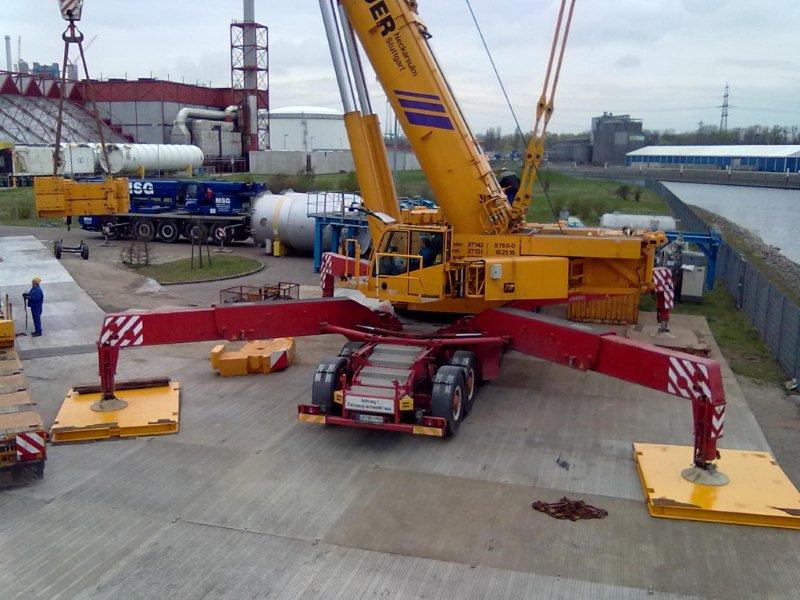Heriot Watt University Training
DSunbelt Rentals Survey have worked with Heriot Watt University since 2019, assisting with the education of their students. The students we provide training for tend to be studying courses in Civil Engineering, Architectural Engineering, Construction Project Management and Quantity Surveying.
- Customer Name
- Heriot Watt University
- Project and Location
- Edinburgh, Scotland
- Sector
- Education, Survey
- Value
- 10
- Duration
- 1 week
- Products (Inc Quantity)
-
x8 Leica GS18 GNSS
x8 Leica TS16 Total Station
x8 Leica NA700 Level
We have previously provided bespoke online training through the Coronavirus Pandemic and were back on site in 2021 with reduced in-person training. In 2022 however, the team have been back at the university at full capacity.
The Challenge
The University needed support for 180 students to be trained in using levels, total stations and GNSS in a practical setting, utilising latest survey technology found on-site.
We had previously worked with the university to develop a course that would train the students, and this was altered to then suit the requirements for the new set of students and new ways of working. The students were studying different courses, so it was important to have practical elements that they could all relate to. This also meant that we could incorporate their new university building, the Robotarium, into the course.
The Solution
We provided the services of three members of our expert training and support team, who each specialised in one of the pieces of equipment the university wanted to train their students on. Course notes were also given after the practical work to give background information and support learning.
To begin, we produced an overview video for the group to watch before the team arrived on site. This covered the theory of what they were about to learn with us, which included levelling procedure, setting out procedure and survey using GNSS procedure. They were able to access this video throughout and had access after the practical training.
Each task on the equipment needed to be set up beforehand to ensure it was ready to be used each day. That included setting up the software on the equipment with pre-set designs, ensuring the equipment was fully charged, and that any assets were in full working order.
Through the week, three tasks were completed by all students.
The group were taught all the essential elements of how to use a level, including tripod setup and the height of collimation booking method. A hypothetical levelling task was completed along a footpath next to a stream, where the water level would rise in the stream after heavy rain. The students needed to establish the lowest points on the path to plot the level and create a long section on CAD or graph paper.
Our team had designed a mini housing estate based on a miniature version of Edinburgh castle for the students. The students were then taught how to use a Total Station and then were tasked, in groups, with setting out the 28 points with flag markers. They then were asked to calculate the area of the building using the coordinates stored during setting out, and compare it against the design area.
The final task was to survey The National Robotarium at Heriot Watt University using a GS18 GPS, with a secondary task to extend the car park to get the students to think about what could be done with the resulting survey
The Results
The team had several positive comments from the students on the practical element of the training, with many commenting that it was extremely useful to use the equipment rather than studying theory in a classroom. They also enjoyed using the state-of-the-art equipment and learning most efficient and useful survey techniques.
Despite adverse weather conditions, the team managed to complete the course on time. They also worked with the university to fit the practical elements around the students existing lecture structure.
2022 was our 4th year working with Heriot Watt University to deliver a unique practical learning experience. Colleagues and I in the training team at Sunbelt love this learning environment, getting Students in front of the most advanced technology but having them carry out tasks that involve much more user input than the current equipment found on sites sometimes demands. After the practical week the students had coursework to complete, which we designed, and focused on the data they captured during the practical exercises. It was an excellent week, with a real buzz about the working areas! I am thankful to the University for inviting Sunbelt onto campus and look forward to working with them again.Alan Penrose - Sunbelt Survey
| Level, stable ground | Extremely soft ground |
| Very versatile for most conditions | Complex installations need site visit |
| Rubber tyred vehicles | Tracked vehicles |


 Next day delivery
Next day delivery  Over 200 locations near
Over 200 locations near 






